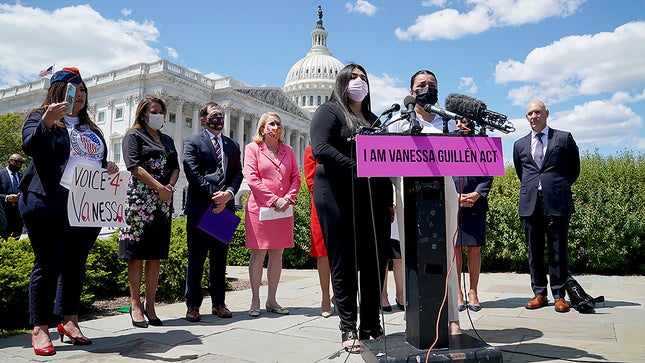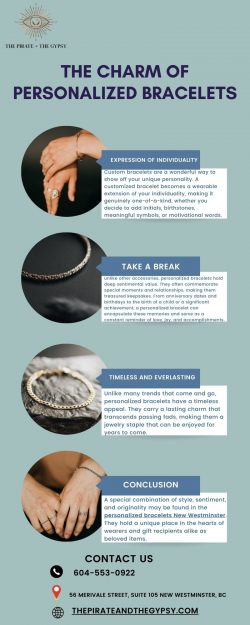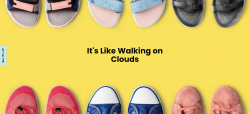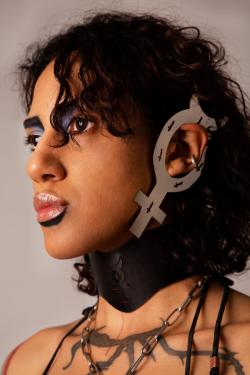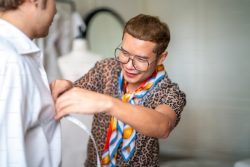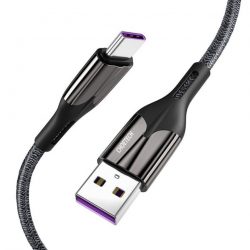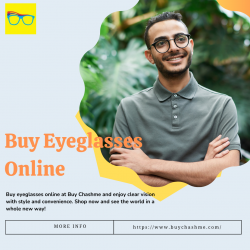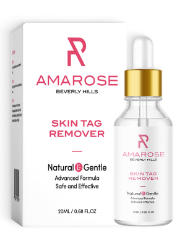Can Tech Help Combat Sexual Assault
The prevalence of sexual assault has been a longstanding issue in our society. Recent movements like #MeToo have worked to expose perpetrators of sexual violence and have lifted the veil on the damaging effects of assault, giving victims a platform to express their stories and changing the public conversation around the topic.
However, there are still two big problems in addressing criminal sexual conduct.
First, perpetrators are rarely held accountable for the severity of their actions because victims do not feel that they have enough evidence to hold up in the court of law and public opinion. In a study published by the Department of Justice, it was estimated that only 25% (Truman and Langton) of sexual assault cases had been reported to the authorities in 2018. The rest was left unaddressed by the legal system. Factors like mental and emotional trauma, and feelings of guilt and shame around the incident can limit victims from reporting rape immediately, thus it becomes a battle of narratives: was consent given or not?
While false reporting makes up a small minority of cases, around 2% to 10% (Lisak et al.), those who are falsely accused can also be victims as they can face unjust social and legal ramifications for actions they did not commit.
In essence, there are two problems: sexual assault that did happen but does not get reported and, less common but still an issue, sexual assault that did not happen but does get reported.
The source of these disputes lies in the purported ambiguity around consent in the absence of hard evidence. The lack of formal protocols in today’s culture around sexual engagement makes it so one’s bodily rights are forfeited through implication alone rather than an explicit agreement.
How do we solve that problem?
Right now, there are a few consent platforms on the App Store in which you can, formally and record-ably, give consent. This is done in hopes of promoting a culture in which the process of consent is given more time and thought. No room for miscommunication or misreading of intentions that could potentially lead to lifelong trauma.
Inspired by what is already being done but motivated to push the technology further, my fellow high school peer and business partner Kiya Zadeh, and I have decided to expand on the idea of an app around consent. Both Kiya and I have witnessed the damaging ripple effect of sexual assault in our community and have decided to create our own platform, Consent First, which improves on the convenience, privacy and accessibility that facilitates an agreement between two participants prior to sexual engagement.
So, how does it work?
Once the app is downloaded, it asks for participants’ legal names, a voice recording of their consent, and a signature. Both individuals then receive an email confirmation with the information that was recorded. A quick and simple process.
This way, if there is a question of consent for any party, there is a receipt. However, if consent was not given or missing, a person who historically and consistently uses Consent First could use the absence of a consent form as evidence of non-consensual activity, since it would be atypical of that user to not have a consent agreement.
No one except the parties involved would have access to the content and Consent First does not store any information recorded on the platform. Of course, there is always a risk of an individual sharing the email once the confirmation moves outside of the platform. But security will remain a top priority for us as we continue to refine and build upon Consent First.
At its current stage, Consent First is being beta tested and under review for its legal usability in trials of sexual assault. While we remain confident that our efforts will reduce the anxiety and ambiguity around consent, there remains questions on whether this can be used as hard evidence in a courtroom.
As we continue to test and develop our app, Kiya and I hope to be a positive force in the conversation around consent. We have set out to create a safe environment for adults to be heard, protected and, hopefully, to promote a healthier engagement with confidence.
Author: Darius Kashani
